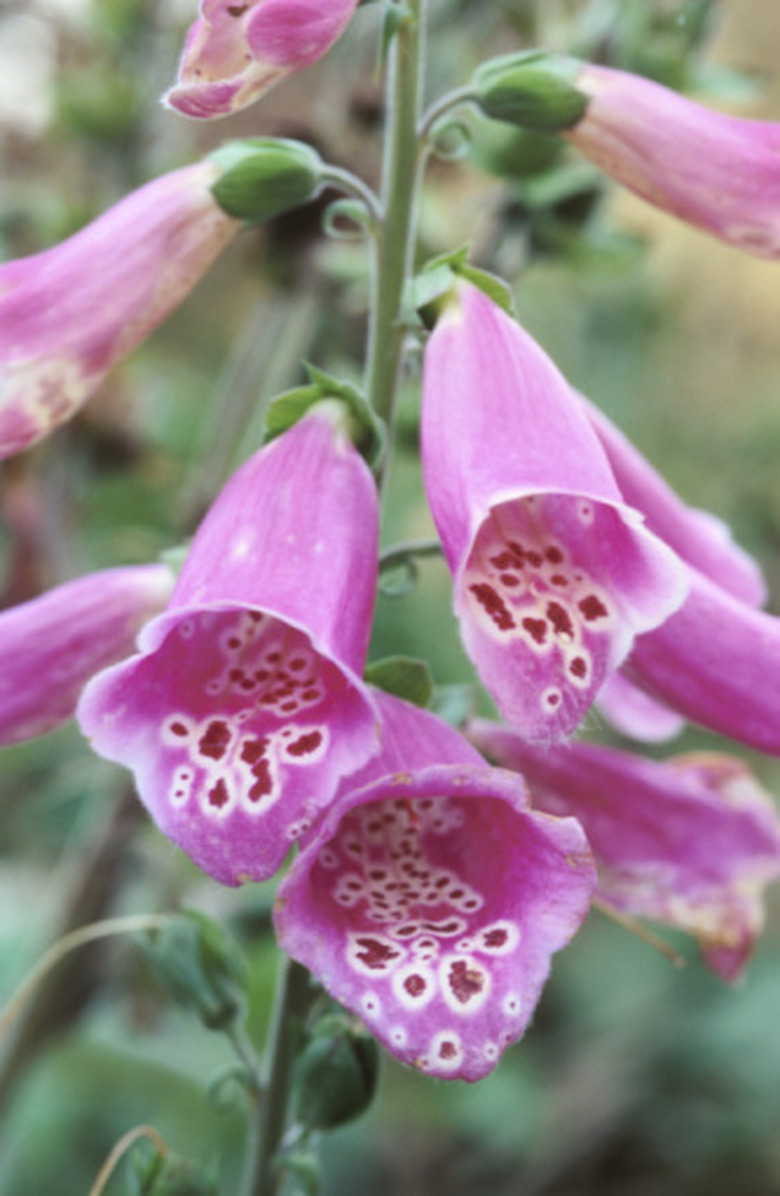How To Identify Trumpet Shaped Flowers
A trumpet-shaped flower typically describes a blossom that has a long, narrow petal that mimics a tube and then widens into a flared opening. This distinct form is found in many varieties throughout the flower world and is helpful for identifying a particular bloom that you want to know more about. Inspect the distinguishing traits of the flower in question and then use a Web database to successfully name it.
Step 1
Write down the color(s) of your trumpet-shaped flower and specify whether the blossom has more than one shade. The foxglove, for example, contains dots of various hues on the inside of the flower's purple trumpet form, while the morning glory displays a blue body with a white to yellow center.
Step 2
Record the distinguishing characteristics of the blossom. For instance, the calla lily sits on top of a rhizome, rather than a traditional-looking stem, but the trumpet daffodil contains the actual tube shape inside the center of the flower's five main petals.
- A trumpet-shaped flower typically describes a blossom that has a long, narrow petal that mimics a tube and then widens into a flared opening.
- The foxglove, for example, contains dots of various hues on the inside of the flower's purple trumpet form, while the morning glory displays a blue body with a white to yellow center.
Step 3
Inspect the growth pattern of the trumpet blooms to note how they are growing. To illustrate, the Manchurian lilac, or Miss Kim, grows in a cluster on the shrub, while the Gentiana frigida sprouts right out of the ground.
Step 4
Watch for how often you see the trumpet flower appear. Varieties like the foxglove are biennial and have a two-year life cycle, while the morning glory is an annual, appearing for just one year, unless seeds are planted in the ground.
Step 5
Point your browser to the United States Department of Agriculture (USDA) website to submit your findings and identify your trumpet flower (see Resources). Use the provided menus to select the relevant options and then click the "Display Results" at the bottom to identify your blossom.
